- Natural Relief: Tea tree oil offers a natural approach to managing seborrheic dermatitis.
- Research-Backed: Studies suggest tea tree oil can reduce symptoms like itchiness and flakiness.
- Antimicrobial & Anti-inflammatory: It targets the underlying causes by fighting yeast overgrowth and reducing inflammation.
- Easy to Use: Simple to incorporate into your hair and skincare routine with dilution tips provided.
- Gentle Option: A potentially gentler alternative or complement to conventional treatments.
Seborrheic dermatitis is a common inflammatory skin condition causing red, flaky, itchy rashes on oily areas like the scalp, face, chest, and back []. Affecting 1-3% of people, it’s not contagious or life-threatening but can impact quality of life. Finding effective treatments for symptom management is key.
Tea tree oil, a popular essential oil, is used for various skin conditions. Its antifungal and anti-inflammatory properties may help relieve seborrheic dermatitis symptoms. This article explores the science behind tea tree oil for seborrheic dermatitis and provides practical usage advice.
Quick Summary: Seborrheic dermatitis involves skin inflammation and Malassezia yeast overgrowth. Tea tree oil, a traditional remedy, combats Malassezia and reduces inflammation. Research indicates tea tree oil can lessen redness, flaking, and itching on the scalp and skin. While more research is needed, it shows promise as a complementary treatment when diluted and used carefully, though it may not replace standard medical treatments.
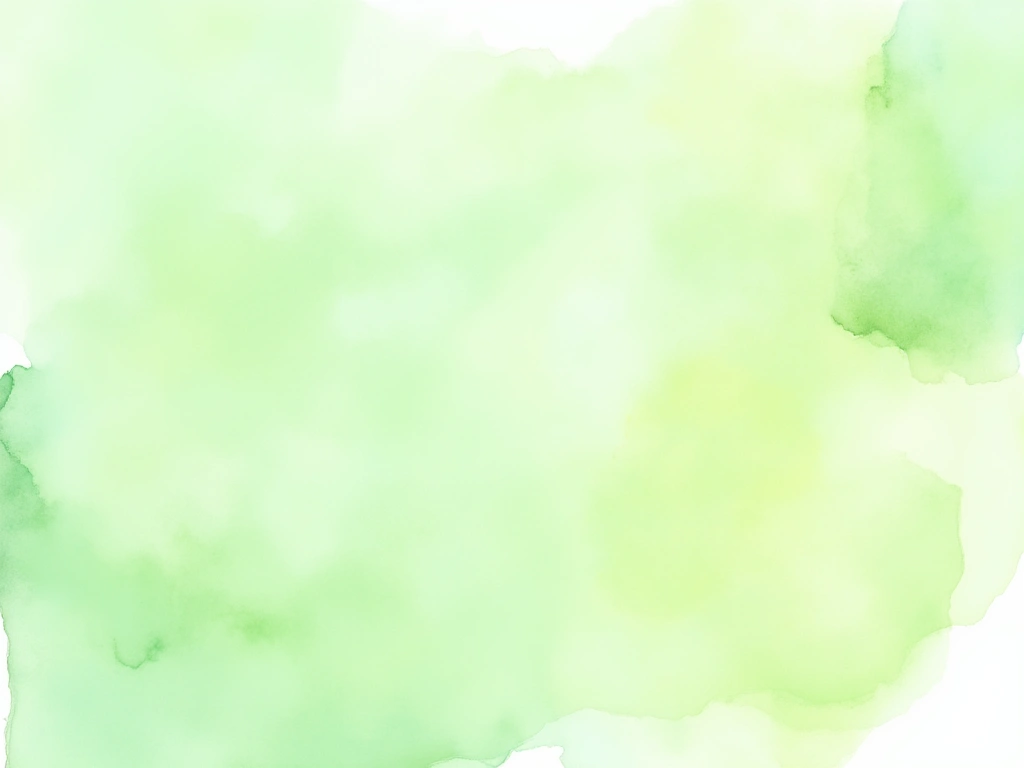
Understanding Tea Tree Oil
Tea tree oil comes from the leaves of the Melaleuca alternifolia tree native to Australia. Terpinen-4-ol, its main active component, makes up 30-48% of the oil [2].
Key benefits of tea tree oil:
- Antimicrobial: Fights bacteria, fungi, and viruses []. It can reduce Malassezia yeasts, a key factor in seborrheic dermatitis [4].
- Anti-inflammatory: Terpinen-4-ol helps reduce inflammation in skin disorders [5].
These properties explain why tea tree oil is used topically for skin issues like fungal infections, acne, wounds, and dandruff [].
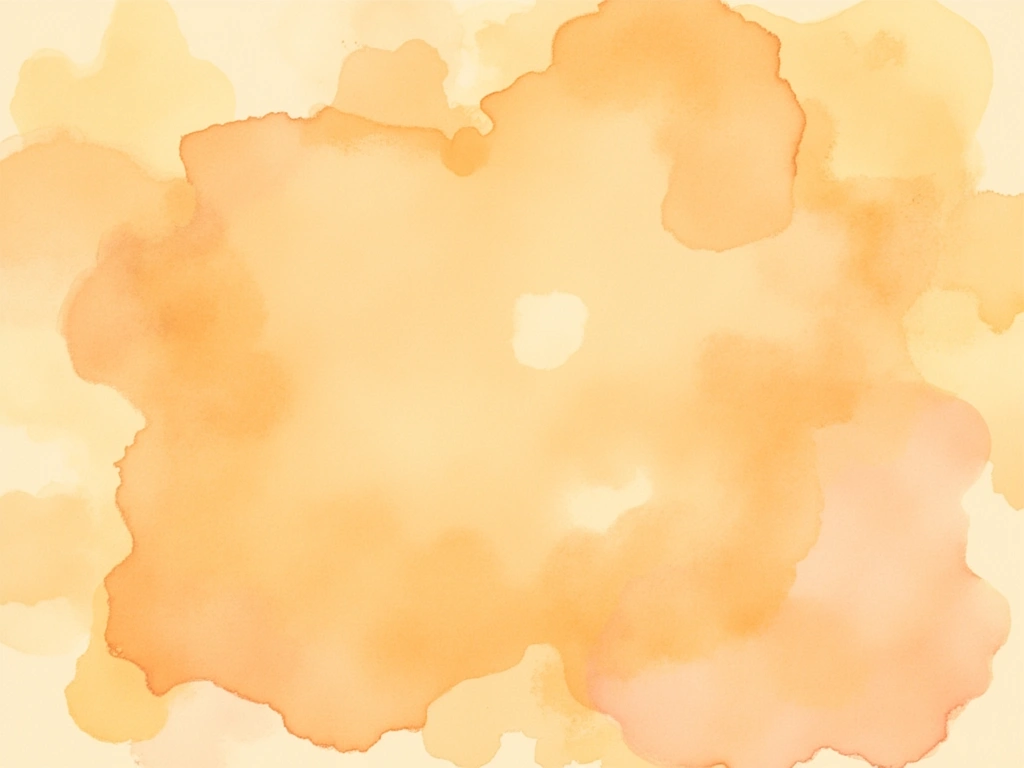
Seborrheic Dermatitis: What You Need to Know
Seborrheic dermatitis leads to red, flaky, itchy rashes in areas with many oil glands. Dandruff is considered a mild scalp form. The exact cause isn’t clear, but factors include:
- Malassezia Yeast Overgrowth: Excess yeast on the skin []
- Excess Sebum (Oil) Production: Overactive oil glands [8]
- Inflammatory Response: The body’s immune system reacting [9]
- Skin Cell Turnover: Neurotransmitters speeding up skin cell shedding []
- Genetics: Inherited predisposition []
Common symptoms:
- Red, greasy skin
- Flaky white or yellow scales
- Itching
Affected areas: Scalp, eyebrows, nose, ears, chest, back, and groin.
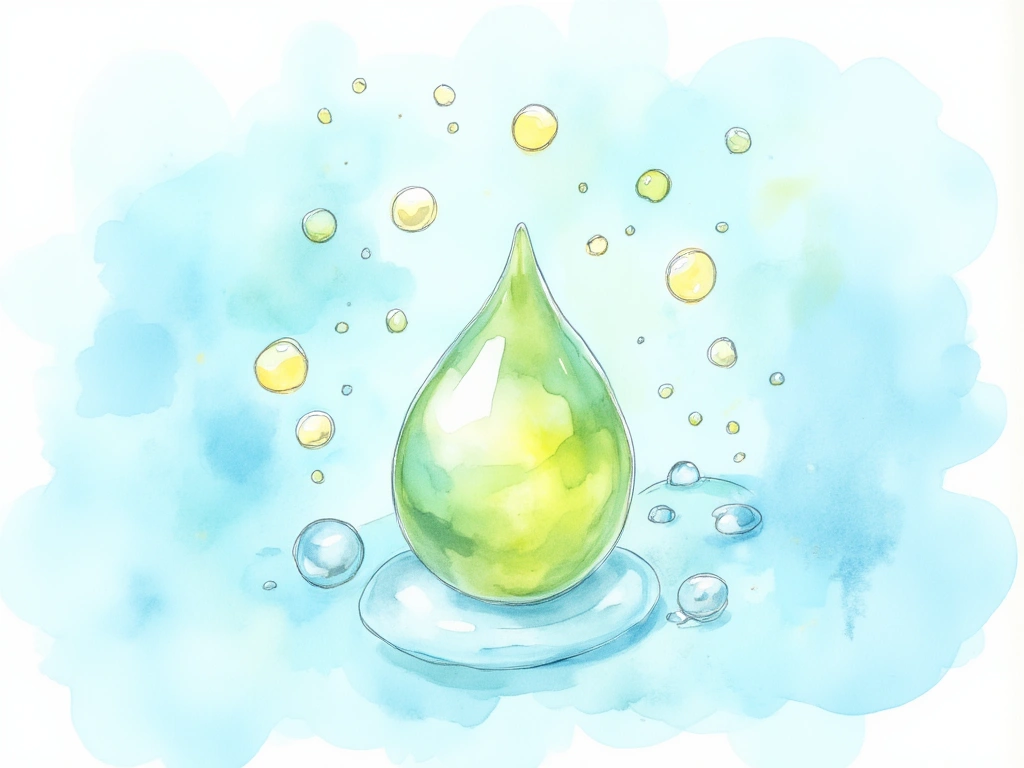
How Tea Tree Oil Helps Seborrheic Dermatitis
Tea tree oil may improve seborrheic dermatitis through these actions:
- Reduces Malassezia Yeast: Its antifungal action can decrease Malassezia on the skin, lessening inflammation [12].
- Balances Sebum: Terpinen-4-ol can help regulate overactive oil glands, reducing skin greasiness [13].
- Calms Inflammation: Anti-inflammatory effects ease redness and itching [14].
- Moisturizes Skin: Helps hydrate and prevent dryness and flakiness [15].
By targeting multiple factors, tea tree oil offers a comprehensive approach to managing seborrheic dermatitis symptoms.

What the Research Shows
Studies have investigated tea tree oil for seborrheic dermatitis:
- Dandruff Reduction: A study with 124 participants showed that a 5% tea tree oil shampoo, used daily for 4 weeks, reduced dandruff by 41% and itchiness by 57% compared to a placebo [16].
- Seborrheic Dermatitis Improvement: Another study found that a 5% tea tree oil shampoo was more effective than placebo in decreasing seborrheic dermatitis severity after 6 weeks [17].
While more research is always beneficial, these studies suggest tea tree oil can be a safe and helpful option for reducing seborrheic dermatitis symptoms when applied topically.
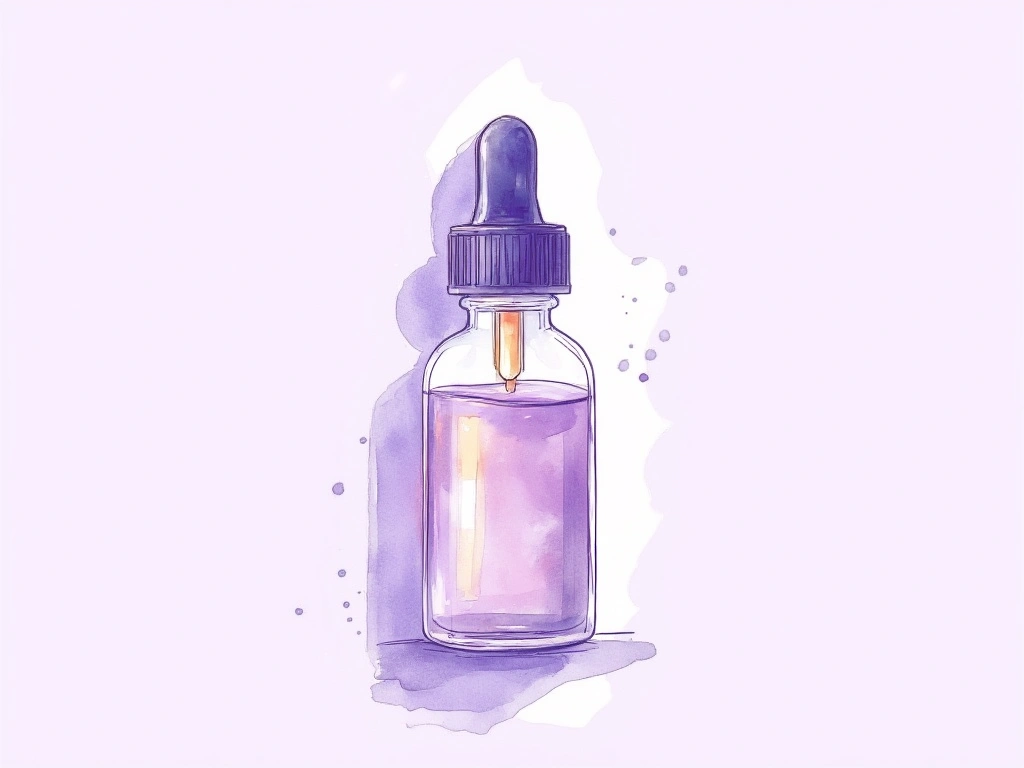
Using Tea Tree Oil Safely and Effectively
Keep these tips in mind when using tea tree oil for seborrheic dermatitis:
- Patch Test: Before full use, test a diluted amount on a small skin area for irritation.
- Dilute It: Tea tree oil is potent and can irritate skin undiluted. Mix with a carrier oil or skincare product.
- Start Low: Begin with a 3-5% tea tree oil concentration. Increase gradually if needed.
- Avoid Eyes and Mucous Membranes: It can cause irritation or injury.
- Clean, Dry Skin: Apply to clean, dry skin for best absorption.
- Consistency is Key: Use daily for best results. Benefits may lessen if you stop using it regularly.

How to incorporate diluted tea tree oil:
- Shampoo Boost: Add a few drops to a sulfate-free shampoo when washing hair. Rinse well.
- Scalp Spray: Mix water, aloe vera gel, and a few drops of tea tree oil in a spray bottle. Mist on the scalp and massage gently. Leave in, do not rinse.
- Carrier Oil Blend: Create a 5% solution by mixing 1 part tea tree oil with 20 parts carrier oil (like coconut or jojoba oil). Apply to affected areas, massage gently, and rinse after 10 minutes.
- Tea Tree Oil Products: Use soaps, lotions, creams, or facial cleansers that contain tea tree oil. Patch test these as well.

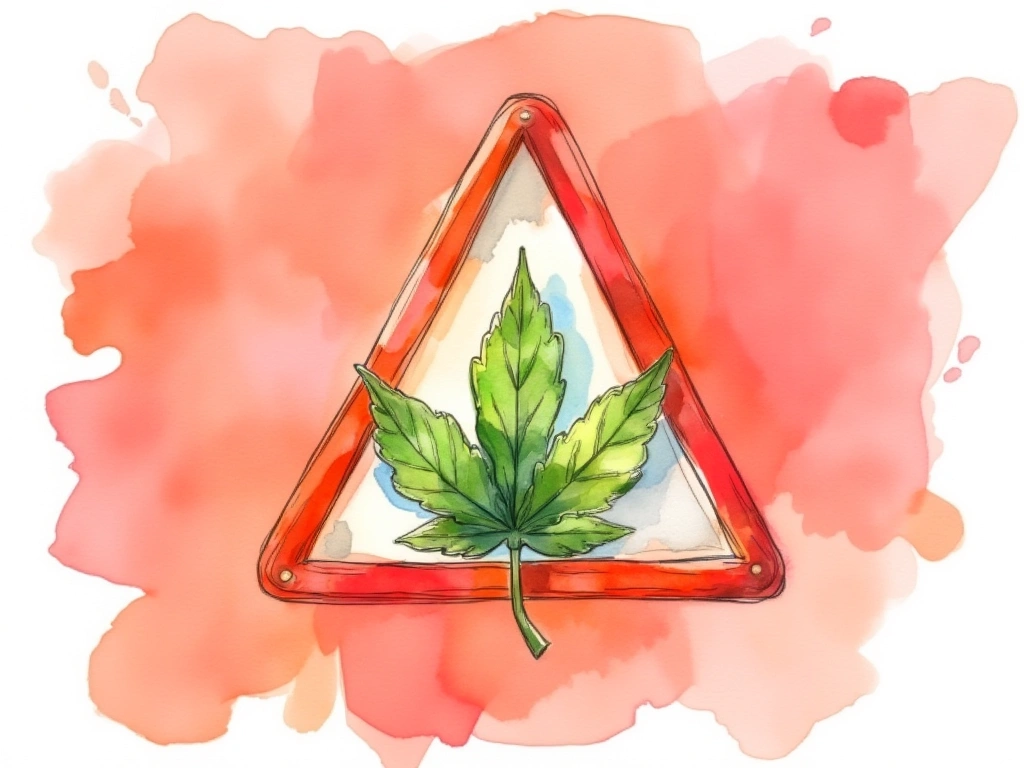
Important Considerations Before Using Tea Tree Oil
Before using tea tree oil, remember:
- Less Potent Than Medications: Its antifungal strength is weaker than prescription options like ketoconazole [18].
- Irritation and Allergies: Skin irritation or allergic reactions can occur [19]. Stop use if this happens.
- Do Not Ingest: Tea tree oil is toxic if swallowed [20].
- More Research Needed: Ongoing research is refining usage recommendations and confirming efficacy [21].
Consult your dermatologist before using tea tree oil, especially if you have sensitive skin or are considering it alongside conventional treatments.
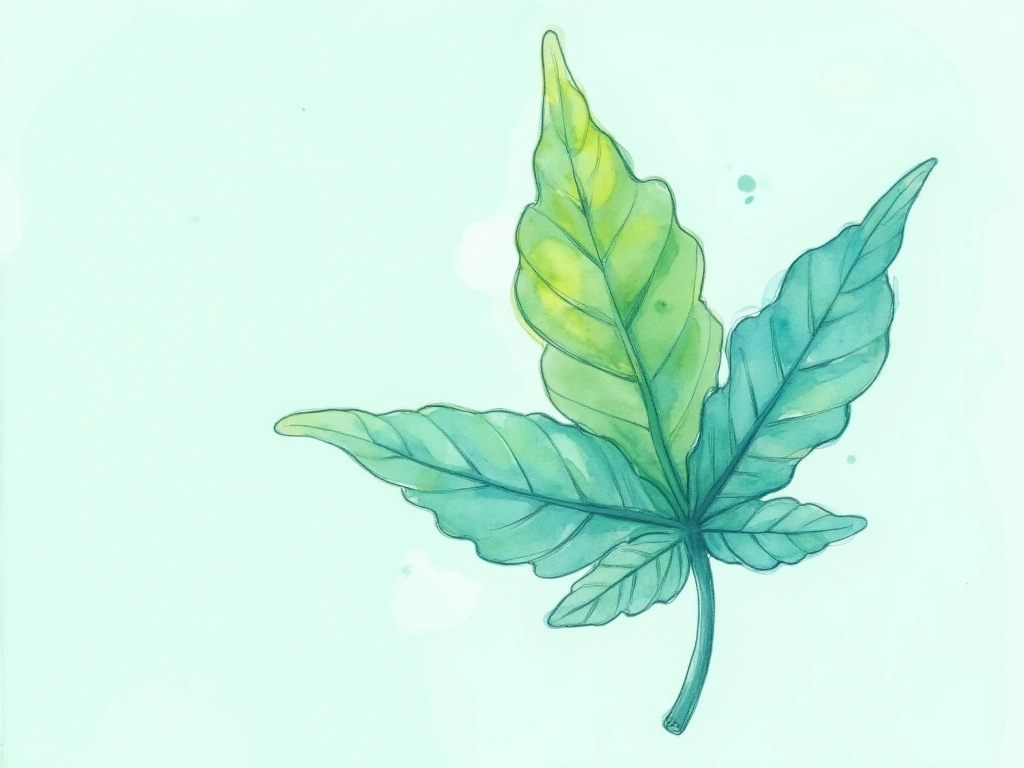
In Conclusion: Tea Tree Oil for Seborrheic Dermatitis
Research indicates tea tree oil can alleviate seborrheic dermatitis symptoms like itching, scaling, and greasiness.
- Terpinen-4-ol reduces Malassezia yeast overgrowth.
- It helps balance sebum, reduce inflammation, and moisturize the skin.
- Studies show topical diluted tea tree oil improves redness, flaking, and itchiness.
- Dilute tea tree oil and patch test for sensitivity before consistent use.
- Tea tree oil is a promising natural complementary approach to ease seborrheic dermatitis symptoms.
While not a cure, tea tree oil can offer symptom relief when used carefully and with medical advice. More research will further clarify its benefits, but tea tree oil is a valuable potential addition to seborrheic dermatitis management.
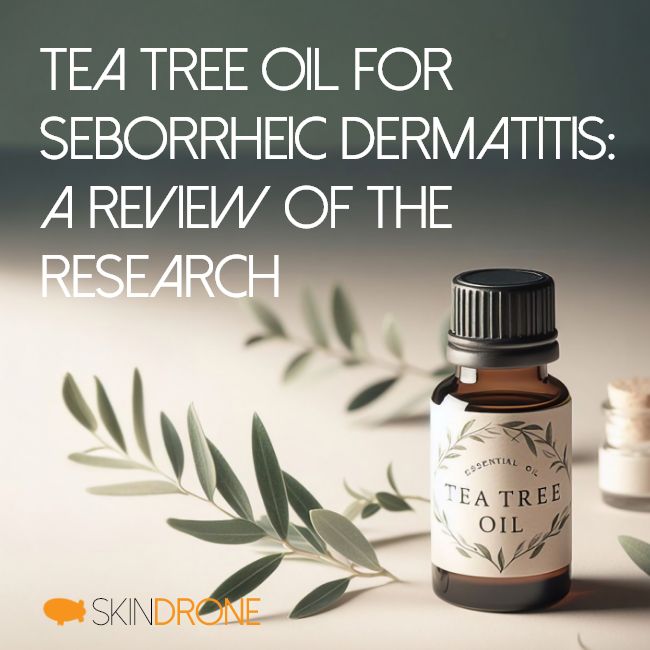
Hi
Reply Permalinkl tried the tea tree oil treatment for my eyebrows. I used pure oil method over my affected area only and so far it works. The thing is I use it every two days and not evwry day. I gave my skin a rest from the oil.
Hi Kei,
Thanks for letting everyone know. Glad to hear you found something that works for you.
Is the pure tea tree oil not too strong? Did you have to let the skin adjust to this strength?
How often has this approach been working for you?
Thanks for the Info
Reply PermalinkHappy Holiday!
I cannot believe this horrible condition! My dermo prescribed 100 bottles of Stieprox 1.5% shampoo. I have been washing my hair every 3 days as recommended with the prescribed shampoo and it’s done nothing. My symptoms are still the same, constant scratching, burning and an extremely unpleasant feeling. I did a lot of research on the internet and came across Tea Tree Oil. Well let me say, it works great! My first time using it and I have not scratched my head! Unbelievable!! Highly recommended to anyone for Seborrhea Dermatitis!!
Reply PermalinkHi Tina,
Great to hear that the Tea Tree helped. It definitely felt much less damaging to the skin as well (or at-least it did for me).
What method are you using to apply it to the scalp?
Best of luck and thanks for the update.
Reply PermalinkI have had some luck with DHS Zinc Shampoo. It really calms down the itching and inflammation associated with seborrheic dermatitis. I have used tea tree oil for numerous other ailments and will definitely give it a try for this too. Thanks!
Reply PermalinkHey Lindsey,
Yeah I’ve had good results with H&S and Tgel shampoos in the past. The only reason I set out looking for other approaches was because the seborrheic dermatitis spread to my face and those solutions were too intense for the facial skin. Also I found the anti-fungal shampoos left my hair feeling slightly less healthy.
On a side note, as I got my facial seborrheic dermatitis under control, my scalp seemed to improve as well.
How did the tea tree oil work out?
Reply PermalinkThis is terribly written, lots of type-os and misspellings! I can edit and proofread. Please let me, this is very difficult to read!
Reply PermalinkHi Arika,
Reply PermalinkI’ve been meaning to go through each post and fix all the grammatical issues. My main objective was to delivery the information.
If you can help me out, it would be much appreciated.
I had success treating my scalp using t gel or dhs zinc shampoo, but recently I developed eczema around my eyes (not seborrheic dermatitis). After some trial and error, I have concluded that the shampoos are causing the eczema. That cleared up with a few days of no makeup and eczema lotion. However now my scalp is an itchy nightmare!! It’s visible because the worst areas are around the hairline. I was hoping tea tree oil would be my savior, but now I’m worried it will make my eyes raw again since the problem area is so close to my face. Any suggestions?
Reply PermalinkHi Jennifer,
Thanks for checking in and providing details regarding the DHS. Zinc pyrithione products seem to be fairly effective across the board.
As for the tea tree oils, it’s probably to strong around the eyes. The fumes alone can irritate the eyes and cause issues.
For about a year now I’ve been having good success with Cetaphil Restoraderm products. I’ve briefly outlined this towards the end of this post. Other readers have also reported fairly good results, however some had reported irritation and burning feeling. So, it’s probably a good idea to try to locate some samples of the stuff. If your in Canada you can write Cetaphil directly and they will mail you a sample, otherwise check your local paediatric clinic as they typically carry a wide variety of samples.
Hope that helps and best of luck!
Reply PermalinkHi Michael,
Have you ever tried mixing tea tree oil with honey at all?
I’ve used manuka honey as a cleanser or mask for a month and it has done wonders for flaking around my cheeks, but has never really helped my chin. Last night I tried adding tea tree oil to a mask and saw immediate results around my chin. Certain areas were flake free…I haven’t seen that in a long time.
I’m not sure if the tea tree oil would work that fast?..or if the mask is finally penetrating the flakes on my chin. Anyways, thanks for all your work! This site has been a wealth of knowledge for someone who’s just recently dealing with seb derm.
Reply PermalinkHi Nick,
Thanks for the update.
Unfortunately I have not tried this. Seems interesting, but overall I don’t think I had any success with mixing any of the natural treatment options. Keeping it simple always seemed to have the best results.
Sounds like the tea tree may have killed the bacteria in that area. Likely that’s where your sebum concentration is the most suitable for their survival and growth. Or as you mentioned, maybe the the mask has finally penetrated.
Amazing that you have kept up with the honey for a whole month. Personally, was never able to keep on with the lengthy regimen as something always seemed to come up.
Look forward to any future updates and best of luck.
Reply PermalinkJust to update, it’s been 7 days that I’ve added 1 drop of 100% tea tree oil to my honey regimen. My chin has never been this flake free and is continuing to improve! No longer do I have this seb derm film (biofilm??) that has plagued me for months on my chin.
Adding the tea tree oil also coincides with me starting to pre-mix my honey with filtered water. Before I was just applying tap water to my face and then applying honey. I’m not quite sure if it’s strictly the tea tree oil or using filtered water that has helped, but it is encouraging!
A bit of background: This will be week 5 that I’ve used manuka honey cleansing day and night, using the honey mask for 1-3 hours every other day (so time consuming). No other topicals.
Reply PermalinkHi Nick,
Thanks for the update and good to hear about the results! Hope things stick around.
Yeah, it would be hard to say, but sounds like the anti-fungal properties complimented the honey well for you.
Just an update from my end as well. Have actually stopped using Cetaphil and haven’t washed my face with anything but water for the past 1.5 weeks. My skin currently looks even better than while using the Cetaphil. The only think I’ve been using is a simple lotion I made for myself. Waiting for packaging and hoping to send out samples to community members.
All the best and let me when you have further updates. Would be interesting to see if you can replicate the long term results as the study.
Reply PermalinkI used tea tree long term generally with olive oil as a carrier, and i found very similar results to you. Works great in the short term but in the long term seems to irritate my skin.
Reply PermalinkI have been using fractionated coconut oil in combination with SLS free shampoo. It has not been effective
Reply PermalinkI am now dabbing apple cider vinegar onto my scalp, so far without success.
I am shocked by how much hair I am losing and can see myself being as being a bald FEMALE pensioner. Can anyone help?
Dawn
Hi Dawn,
Sorry to hear that. Ketoconozole seems to be the standard treatment approach from doctors, so you may consider giving this a try if nothing else is working.
For me, I’ve been using this shampoo for a while now and it seems to control the scalp most of the time. If I do see a random spot appear (usually around hairline), I use a bit of the Biom8 that I’ve recently created (details here).
Tea tree, apple cider vinegar, coconut oil, and most other things didn’t work too well for my scalp.
Strange that the shampoo mentioned above fixed things so well for me.
Hope that helps and best of luck.
Reply PermalinkPS. You can also join the community, perhaps other members might have some input.
With all the short term solutions you’ve found (tea tree oil, shampoo, etc), have you ever alternated between them? For example, use the tea tree oil until its ineffective then switch to shampoo, then revert back to the oil.
Reply PermalinkHi Carrie,
Not specifically, but with all the solutions I had attempted I guess I was inherently alternating between them.
In my journey I had always just wanted to understand what was going on and why the skin condition was there in the first place.
Hope that helps and let me know if you have any other questions.
All the best.
Reply PermalinkI have seborrheic lesions on my scrotum and severely dry skin on my testicles. is it safe to use the tea tree oils in that area of my body?
Reply PermalinkHi Robert,
Personally wouldn’t recommend using any essential oils (such as tea tree) in those areas. These oils are quite volatile and may not be the best choice for sensitive skin.
Using more mild anti-fungal such as the oils contained in the Biom8 I created may be more suitable.
Have you ever approached a dermatologist with this issue?
Hope that helps and best of luck mate.
Reply Permalinkits vs “it’s”. Get an editor because your spelling is terrible.
Reply PermalinkI finally have my scalp under control! I gave up and saw my doc, who actually listened. I am allergic to SLS in shampoo so he found me one without parabens etc. He gave me Sebco coconut oil compound to use overnight as prescribed, then Capasal shampoo. For the first time in years my scalp isn’t driving me mad !
Reply PermalinkHi Dawn,
Happy to hear you managed to find some relief. Thank you for sharing.
Reply Permalinki’ve been dealing with this for a while on my scalp, and am also experiencing hair loss and thinning. i also tried tea tree oil shampoo and it worked at first, but then seemed to start acting as an irritant. i’ve tried t/sal, but it doesn’t seem to do much. for a really long time, i thought it was dandruff due to dry skin, so i tried t/gel, and i think i might try it out again.
(i had a limited supply when i first tried it, as i was living in korea at the time and could only find it when i would visit the US once a year. i thought that korea’s horrible air pollution and terrible water - which causes really dramatic thinning hair in the older population, while younger people have thick luscious hair - might have had something to do with it. i recently moved to oregon where the air is much cleaner, but i’m still experiencing the same issues. that was a bummer to figure out.)
i also read about “sebulex” on webmd and found its generic, sebex, on amazon for $5.04 plus free shipping. i’ll try them separately. i’ll be perfectly fine if the first one i try works and i have to give away the other! i have to say that it’s so nice to see others’ comments and know that others feel what i feel. it’s embarrassing, and i’m happy to see other things to try out! thank you!
Reply PermalinkHi! I have been reading into a lot of this as I have had severe dermatitis on my face for six months now. Steroids from doctors have not worked and in fact I believe have worsened my situation. After reading all of the comments and your article, perhaps have you considered Dermodex mites as a possible cause? I have just discovered articles on these and a treatment for them is tea tree oil. However most comments on posts about TTO and dermodex have suggested that the skin responds well to the carrier oil/TTO treatment at first, then as the bacteria mites die off it becomes red again however, eventually levels out and the skin calms down. However the cycle of these little critters can go on for months and results take a long time to set it apparently. Perhaps this is similar to the cases here as these mites affect the skin and scalp. I believe you can get culture tests at doctors to see if the mites are present in large numbers. In fact according to these other articles, everyone carries these mites in their skin glands but if an extreme increase in numbers occurs this is when a skin reaction is caused. I am going to give castor oil/TTO a go and see if it helps.
Reply PermalinkI am a 49 yr old woman, currently going through menopause. I feel it important to mention the above as I NEVER had problems with sebborheic dermatitis until now. My first experience with s. d. was on my scalp along with hair loss. That said my hair loss is obviously not due to just s.d. alone. I have currently been using tea tree oil and olive oil as a carrier and it has most deffinently and successfully gotten rid of my seborrheic dermatitis. It is now on my face so I will be trying a tea tree water rinse on my face. I don’t claim to know all about essential oils, however tea tree has been a blessing and from here on out will be a staple in my medicine cabinet!! I hope this helps someone that has sebborheic dermatitis as it can be very difficult to get a handle on if not treated promptly.
Reply PermalinkGOOD LUCK I HOPE IT DOES THE TRICK!!
I’ve used the Tea Tree Oil for the last month and I thought that was the end after 1 years of dermatitis.
Reply PermalinkUnfortunately, one day I worked in the hot sun and when I came back home my skin became red and inflamed.
Now I want to take a brake of a week or two (I will use all my motivation and strength of will to don’t scratch myself) and then re-try with the tee tree oil.
Anyway … I want resist!!!
Hi Mikaela,
Any update on your castor oil/TTT experiment? About to try the same, starting from scalp and eyebrows tho…
Reply PermalinkHi Lynzo,
Thanks for providing the details on your experience. Each single piece of information helps.
Interesting to hear about the shampoo, seems like the active ingredients are sulfur and salicylic acid. Personally, didn’t see much benefit from salicylic acid and sulfur has a really strong odor (kind of a pain for every day use).
However, at this price point it seems like it can’t hurt to give it a try.
For me, this shampoo has really been good:
Andalou Naturals Moisture Rich Shampoo
Haven’t had much issues with dandruff since I started using it.
Additionally, this article may be helpful:
Reversing Seborrheic Dermatitis and Hair Loss
It goes over quite a bit regarding hair loss and seborrheic dermatitis. And some of the research is going into a new scalp formulation I’ve been experimenting with.
How did the sebex shampoo turn out for you?
Reply PermalinkWish you all the best!
Very informative article! Tea tree oil is really beneficial to treat any kind of fungal and skin infection. In my opinion tea tree oil is one of the best remedy to treat Seborrheic Dermatitis.
Reply PermalinkI used it every night for months. No change. Still have seborrheic dermatitis.
Reply PermalinkI’ve got an absolutely horrid patch of dermatitis across the left ear and the surrounding skin on my face. I have found that Tgel shampoo helps with the flaking and tea tree oil, when used very carefully, helps with the insane need to scratch and pick.
Reply PermalinkHello all. I have had a very similar experience. The oil worked wonderfully for few days and today it suddenly stopped to make the difference. Don’t know why as it’s not irritating the skin, just stopped working as if the SD learned how to bypass it. My struggle is on again.
Reply PermalinkHow about using TTO with carrier oil and also using a TTO containing shampoo? Would that be too much?
Reply PermalinkI’m 44 and just began dealing with this in certain areas of my scalp, as well as just a bit of the skin around my hairline. Since I have healthy waist length hair I have every intention of keeping, my problem was not only how to prevent worsening and possible hair loss, but not destroy my hair in the process.
I did a lot of research, including discussions with my doctor and hairdresser (you really do benefit from biting the bullet and being honest with your stylist - believe me, they’ve seen it all before, if not dealt with it themselves). For my hair care, I use the generic /CVS version of Neutrogena Max Strength T/Sal every 3-4 weeks, with a rubber tipped stiff brush to help work it in and remove any built up spots from the scalp, and only the roots of my hair. Then I follow up with my regular Paul Mitchell Tea Tree Shampoo and a conditioning mask. The rest of the time, I just use the TTS for my whole head and a light conditioner from the ears down.
Where my doctor came in has by far helped the most, however. I have to insert the usual disclaimer that I myself am not a Healthcare professional and you should talk to one before using any type of supplement, but what he told me (and this made so much sense) is that a huge number of people have immune-compromised skin due to lack of Vitamin D. We work and go to school under fluorescent lights, cover up to prevent skin cancer, and even exercise indoors. He told me to start supplementing with D3, so I did.
In the months since then, I have not only found that the SD is under control, but that my skin overall looks, feels, and is healthier. About a month ago, I had this wild idea to poke holes in the D3 gel caps, and simply rub the oily substance inside onto the area I was still struggling with; my hairline especially around my ears and forehead. It took about 6 of the little sucker to get enough oil to really saturate those areas, and then I slept with it on. I haven’t had a single flake, itch or flare up in those spots since then.
I don’t know how this would work for others, I suppose it could cause an unpleasant reaction to sensitive or damaged skin, but I was in tears of happiness the next morning when I showered and found in the mirror glowing, flake free skin surrounding my face.
Just a few tips on what I discovered in my research and have had good luck with. My hair has not fallen out, thinned…if anything I’d say it’s better, likely from the vitamins as much as anything. I take C and Zinc as well.
Reply PermalinkThese people are talking about a problem with a skin condition!!! And u come on here to correct grammar!?!) Get bent!!! I have read every posting on here and have had no trouble whatsoever until I came across your posting trying to correct grammar like some kind of anal bitch!!! You remind me of my ex girlfriend and guess what there is a reason she is my ex…She is a b***h …!! Much like yourself!!!
Reply PermalinkThanks for posting about the vitamin D. I have recently expanded my itching issues to my arms and legs and the vitamin D3 supplement seems to be helping.
Reply PermalinkI am 54 going through menopause. This is my first time I have had SD first on my scalp in which I scratched to death got a secnodary infection now been trying to heal the area then got SD all over scalp then on my face. OMG it’s been a 4 month night mare. This menopause sucks. I have tried all sorts of stuff naturally got it mostly under control then a flare up here and there. Trying Tea tree this am so hope this will help.
Reply PermalinkIf you do not recommend coconut oil for the skin, what other carrier oil do you think will work.
Reply PermalinkAva - my situation with SD is very similar to yours. You may want to try the DHS Zinc shampoo on Amazon. It is pricey, but it really helps. I also use it on my face when needed. Trying to attach the link.
Reply PermalinkI have just started using tea tree oil mixed with water to try and treat seborrheic dermatitis on my scalp and in my ear. It seems to be helping with the itching and flaking but as I said I’ve just started. I try to use it once a day right after my shower. I must say it works better than the expensive prescription I received from the dermatologist!! So I’m hopeful that this might just do the trick. I use pure tea tree oil , a few drops on a cotton pad and then dilute with a few drops of water. Pat it on the areas affected. (this dilution was suggested by my hairstylist)
Reply PermalinkI just ordered this on Amazon thanks for the link.
Reply PermalinkHi, I am middleaged and have suffered from seborrich since age 6. The very best and most easy solution I have ever found, was to apply 100% Aloe Vera solution to affected areas. Its amazing effective, and hereby shared with any who could benefit of this.
Reply Permalink